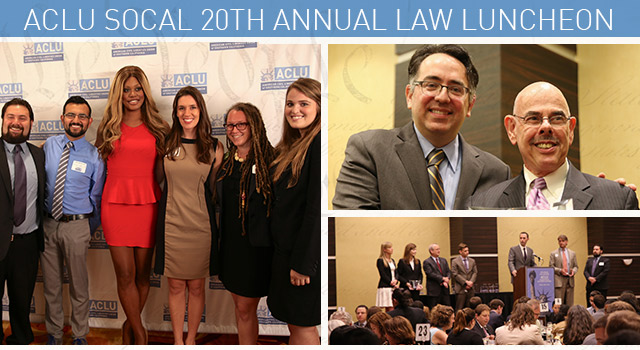Date
Friday, June 20, 2014 - 1:22pmFeatured image
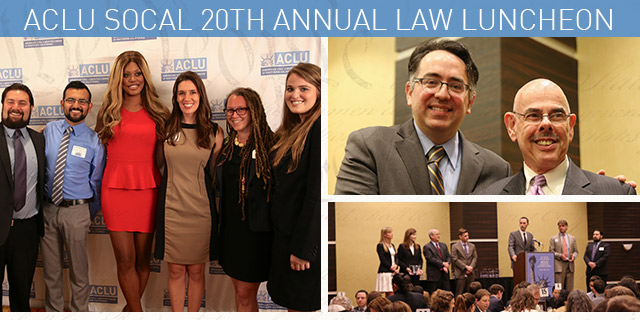

By: Matthew Robinson and Merlin Vinegradova
The ACLU Foundation of Southern California hosted its 20th Annual Law Luncheon on Friday, June 13, at The L.A. Hotel, honoring individuals dedicated to civil liberties, including advocates and attorneys who have worked hand-in-hand with our affiliate.
Amongst those present was Henry Waxman, representative of California’s 33rd congressional district since 1975, who recently announced his plans to retire. Waxman received the Lifetime Advocate for Justice Award in recognition of his outstanding legislative record and tireless civil rights activism spanning the past four decades.
“Ignorance and fear drive reason and common sense away,” said Waxman upon accepting the award. “Conveyers of deception and disinformation have to be confronted. We have to fight back against those who would try to distort information and to deny people justice.”
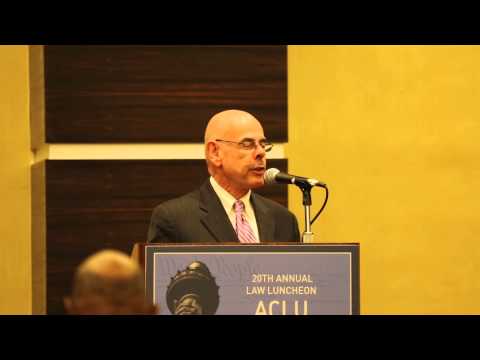

Also in attendance was Laverne Cox, transgender advocate, producer and actress best known for her role in Orange Is the New Black, who accepted the Social Responsibility in the Media Award on behalf of the acclaimed series. Cox has been a leader in the LGBT movement, helping to educate people on the intricacies and challenges of transgender life and lending her voice to the ongoing struggle for justice and equality.
“Our show has sparked many necessary conversations about the prison industrial complex, about the justice system in this country,” said Cox. “Our show has sparked really meaningful conversations about diversity on television, about the roles of women on television, and of course, it has sparked conversations about transgender people, not only in the media but also in our country.”
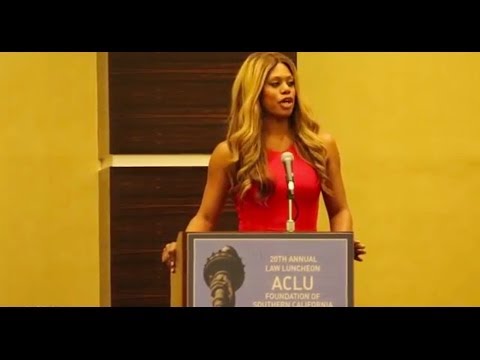

ACLU SoCal also honored attorneys from top law firms in Los Angeles for their work on issues including criminal justice, freedom of information, LGBT rights, artistic expression, voting rights and racial justice, including Greenberg Glusker; Latham & Watkins; Davis Wright Tremaine; Skadden Arps; Nixon Peabody; Jenner & Block; Law Office of Robert Rubin; Traber Voorhees; Sullivan & Cromwell; and Goldstein, Borgen, Dardarian & Ho.
"When you are trying to bring about lasting change, it makes a huge difference to walk into the room with the ACLU at your back and beside you. And that is why when the ACLU asks you to give your time, your effort, your support, you should do it," said Bert Voorhees, whose firm was awarded the Racial Justice Award for its work on K.L. v. City of Glendale.
Watch full coverage of the event. ACLU SoCal thanks all the sponsors of the 20th Annual Law Luncheon, captured in our Tribute Video. A special thank you to TrialGraphix for producing the video.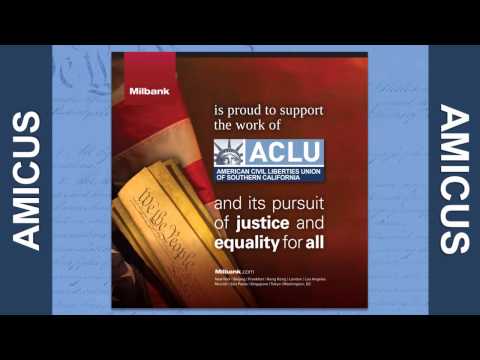

Matthew Robinson and Merlin Vinegradova are interns for the communications department at the ACLU of Southern California. Follow ACLU SoCal on Twitter.
